Ancient Temple Unearthed In South American Desert
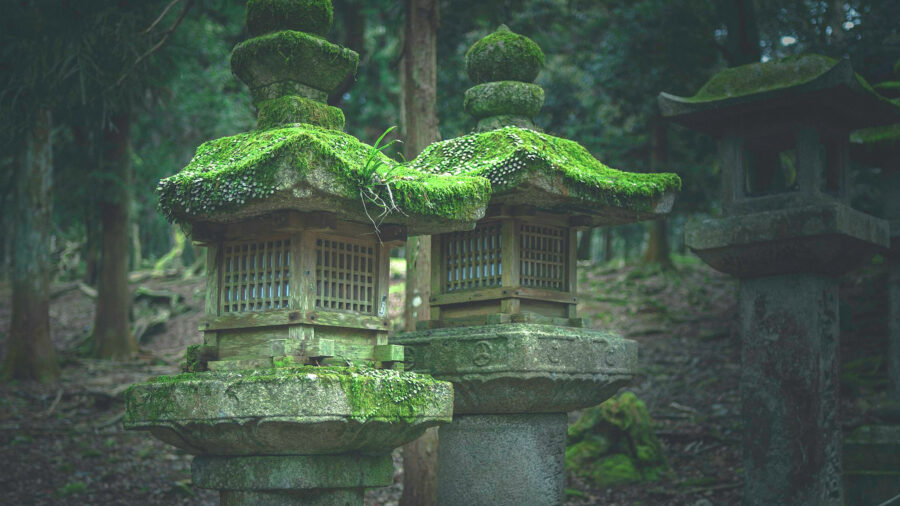
Archeologists working in an isolated region of Peru announced earlier this month that they uncovered ruins from a ceremonial temple that dates back an estimated 5,000 years. The rare find was buried for centuries underneath a sand dune before the team of scientists began to carefully excavate the area on June 3. The discovery has yielded more than just partial walls from a religious site, as the Peruvian Ministry of Culture revealed that human remains were also unearthed in the ancient temple.
A Ritual Sacrifice?
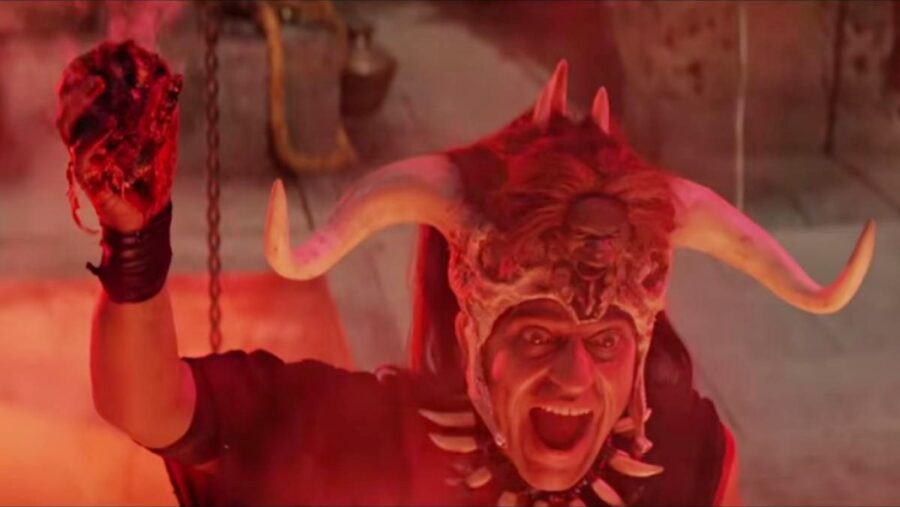
Shortly after the dig began, the team of archeologists painstakingly uncovered three walls from the ancient temple. But when they delved further, they found the skeletons of three adults wedged in between them. As the remains were found with religious offerings, it’s quite possible that the three people were a part of a ritual sacrifice.
The walls of the ancient temple were constructed out of mud and surrounded a central staircase that would have led to an open area. Etched into the walls are friezes that depict images almost as disturbing as the discovery of the bodies in between them. Human bodies with bird heads and razor-sharp claws adorn the outer sides of what was once a grand structure.
The Norte Chico
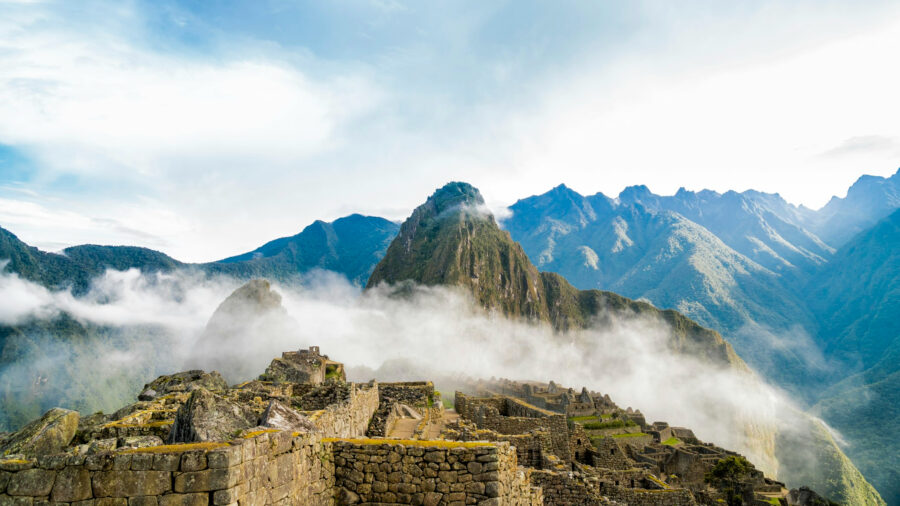
Peru was the home of many civilizations in the era before Columbus paved the way for European exploration of the South American continent in the late 15th century. In the same time period that archeologists estimate the origins of the recently discovered ancient temple in the northwestern Zana region, Peru was populated by the Norte Chico civilization. The Norte Chico are believed by many historians and archeologists to be the first to settle in the Americas.
Incan Architecture Was No Anomaly
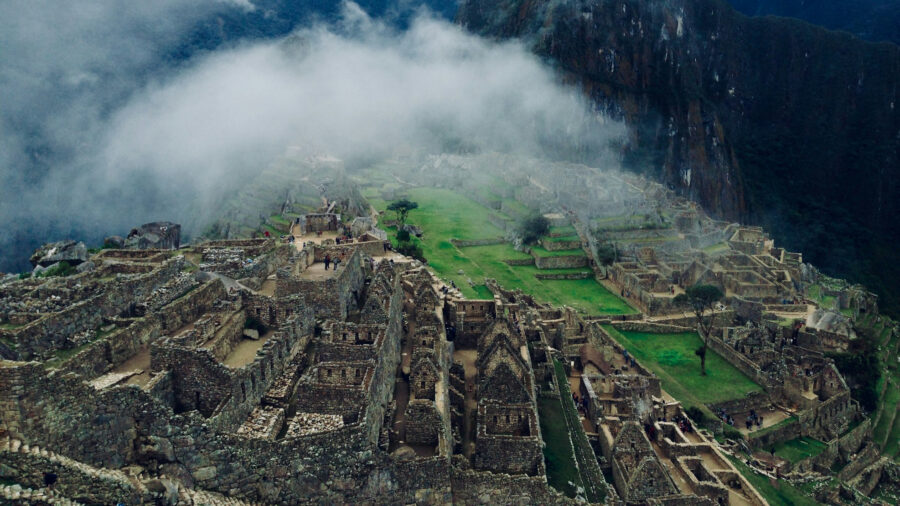
The Norte Chico constructed numerous temples and burial pyramids across modern-day Peru for more than three thousand years. The heaviest concentration of these peoples was in the north-central part of the country, near the waters of the Pacific Ocean. They appeared to have thrived in this area until 1800 B.C.E when their settlements were mysteriously abandoned.
The newly discovered ancient temple might be connected to the Norte Chico. Regardless, the discoveries of temple ruins that date back thousands of years gives further evidence that the highly regarded Incan architecture in the area wasn’t an anomaly, as cultures that existed long before having been revealed to have constructed architectural marvels with primitive tools.
Better Understanding Of Ancient Cultures
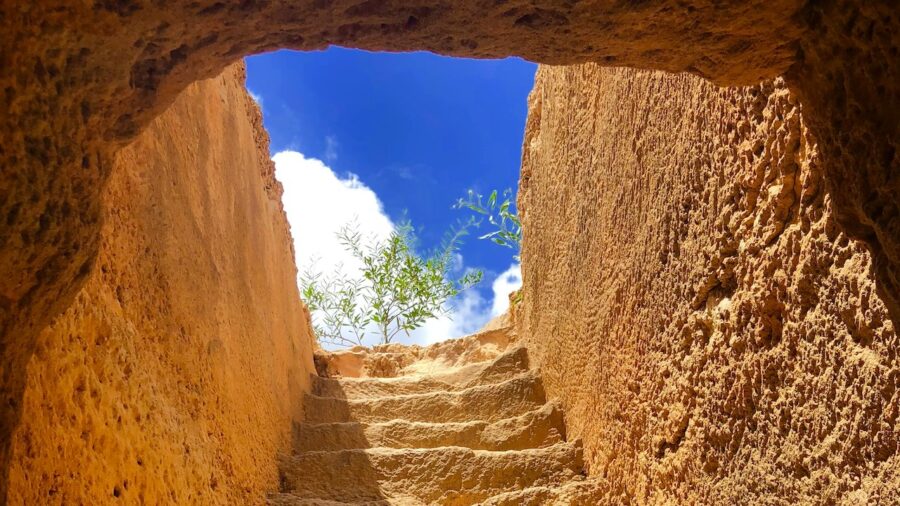
The team that excavated the ancient temple was under the careful supervision of the Peruvian Ministry of Culture. Under the bureau’s Decentralized Directorate of Culture of Lambayeque, studies are performed and digs undertaken in order to better understand and document the “emergence, evolution, and development” of the La Otra Banda and Ucupe peoples that occupied modern day Peru from 3,000 B.C.E. to the late first millennium C.E.
More To Come
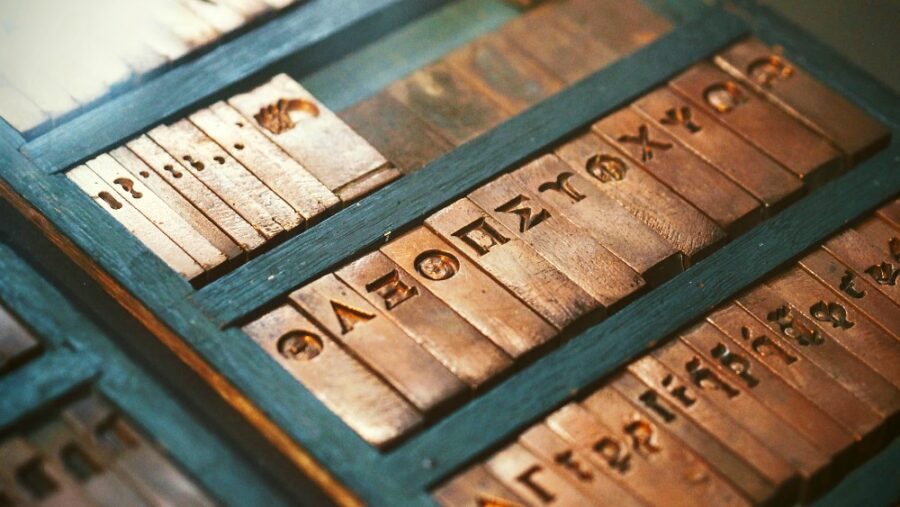
While the dig continues, radiocarbon dating will be performed to further validate the findings. As for what else is waiting to be found underneath thousands of years of soil deposits, time will surely tell.












